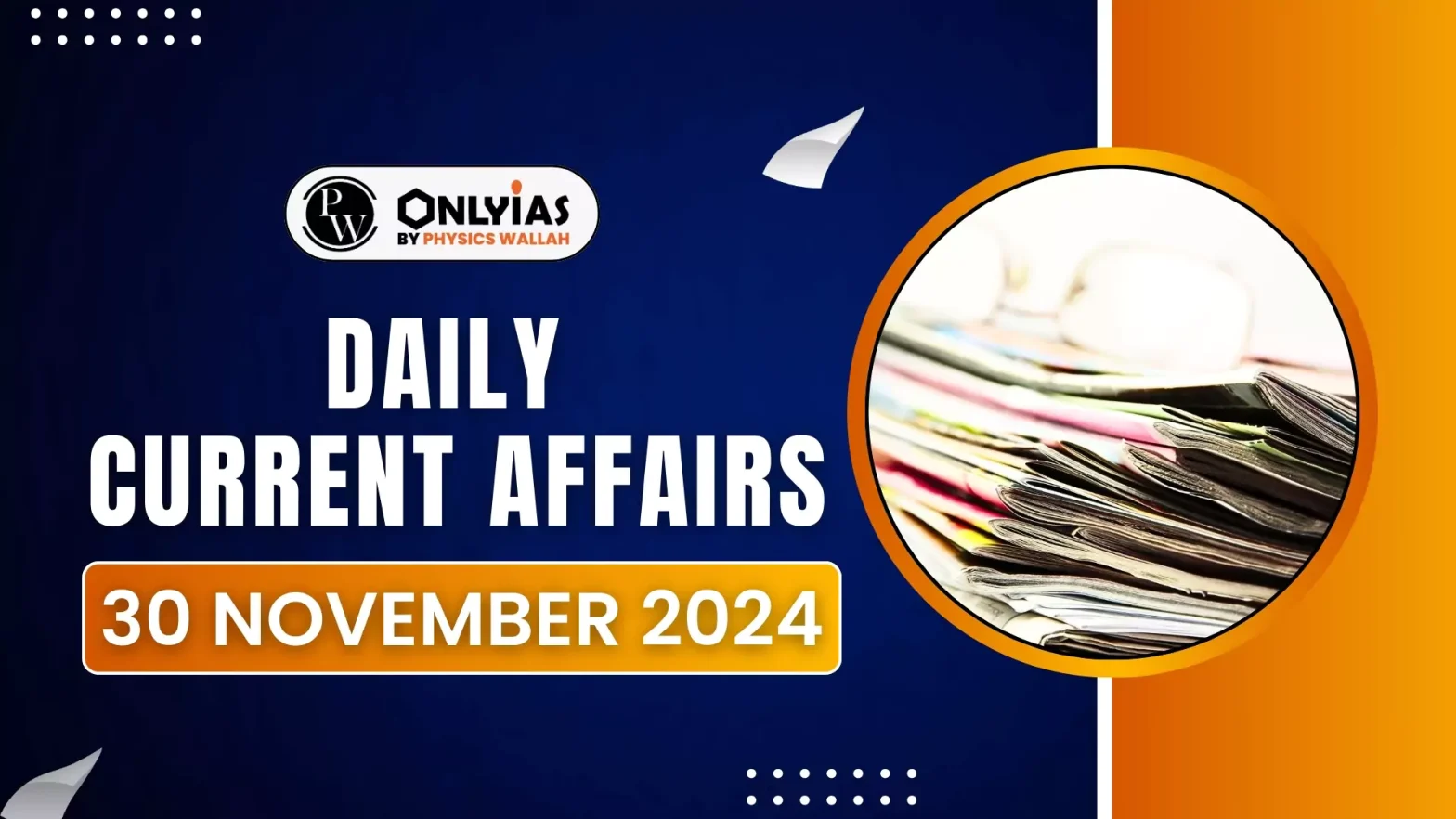As many as five recommendations made by the Supreme Court Collegium to transfer high court judges are pending with the government for over six months.
- The disclosure came in response to a query about the status of pending Collegium recommendations in Lok Sabha.
Indian Constitution on the Transfer of Judges
- Article 222 Provisions: Under Clause (1) of Article 222, a judge of one High Court may be transferred to another High Court by the President after consulting with the Chief Justice of India.
- Judges transferred under this provision are entitled to a compensatory allowance, as determined by Parliament.
- Transfer Process
- The transfer process is initiated by the Chief Justice of India, whose opinion is determinative in such matters.
- The recommendation is reviewed by the Supreme Court Collegium, which consists of the CJI and the four senior-most judges of the SC.
- Judges’ consent is not required for High Court transfers.
- Judicial Review of Transfers: Judicial review in matters of transfer is extremely limited, as established in the S.C. Advocates-on-Record case (1994).
- A transfer can only be challenged if it was made without the recommendation of the Chief Justice of India.
- Bias or other grounds are excluded due to the element of plurality in the decision-making process.
About Collegium System
- Supreme Court Collegium: Composed of the Chief Justice of India and the four senior-most judges of the Supreme Court.
- The Supreme Court Collegium is responsible for recommending appointments, transfers, and elevations of judges to the 25 High Courts and the Supreme Court.
- After these recommendations are processed by the central government, the President issues final orders for their implementation.
- High Court Collegium: Composed of the Chief Justice of the High Court and its two senior-most judges.
- It recommends appointments and elevations specific to the High Courts
Enroll now for UPSC Online Classes
National Judicial Appointments Commission (NJAC)
- The NJAC was established under the 99th Constitutional Amendment Act, 2014 to regulate judicial appointments and empower the commission.
- Composition: It comprised the Chief Justice of India (as Chairperson), two senior-most Supreme Court judges, the Union Minister of Law and Justice, and two eminent persons.
- Struck Down: In 2015, a Constitution Bench of the Supreme Court declared the NJAC unconstitutional, ruling that it violated the basic structure of the Constitution by jeopardizing judicial independence
|
Evolution of the Collegium System
- First Judges Case (1981): Held that the Chief Justice of India’s recommendation could be refused by the executive for “cogent reasons.”
- Established executive primacy over the judiciary in judicial appointments.Second Judges Case (1993): Introduced the Collegium system by interpreting “consultation” as “concurrence.”
- Determined that the CJI’s opinion must reflect institutional consensus, formed in consultation with the two senior-most SC judges.
- Third Judges Case (1998): Expanded the Collegium to a five-member body comprising the CJI and the four senior-most judges of the Supreme Court.
- Fourth Judges Case (2015): Struck down the NJAC Act, 2014, and the associated constitutional amendment, upholding the Collegium system to protect judicial independence.
![]() 30 Nov 2024
30 Nov 2024


